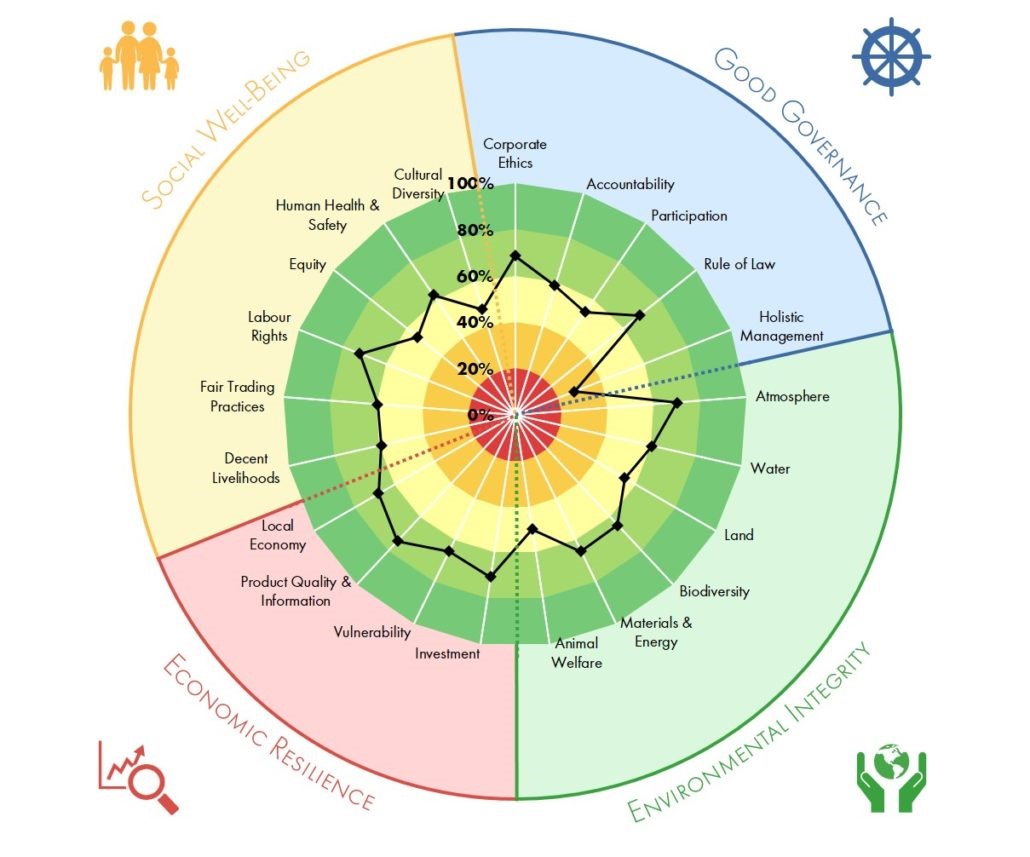The arguments for increased human consumption of local legumes is rather obvious and straight on: health benefits, less GHG emissions than animal-based protein, avoid long-distance transportation. However, to explain the benefits of local grain legume production to society, the arguments need a more complex level of understanding e.g. about its effects on biodiversity in arable land, vulnerability to extrinsic and intrinsic factors, agronomic knowledge, societal impact, economic benefits, etc. In order for farmers to make rational decisions and also support consumers’ confidence with local production and processing, spreading/listening to simple narratives such as ‘local is good’ is not sufficient and requires credible assessments.
Multi-criteria assessment tools (such as SMART, TAPE) are important to holistically evaluate local grain legume production as there are several potential benefits as well as expected trade-offs among agronomic, environmental, economic and social objectives. This project will assess the sustainability of grain legume producing farms in Scania and also demonstrate how the assessment tool performs on a variety of farms (organic, conventional, with and without grain legumes etc).
The multi-criteria assessment results can provide more convincing and credible arguments for local legumes than the narratives only. In addition, farm performances in relation to different sustainability criteria can help farmers, advisors and researchers to identify weak areas and take/suggest actions for future improvements. Moreover, the easy to understand visual results of the assessment tool can be an important disseminating tool for growing local grain legumes to the wider public.
